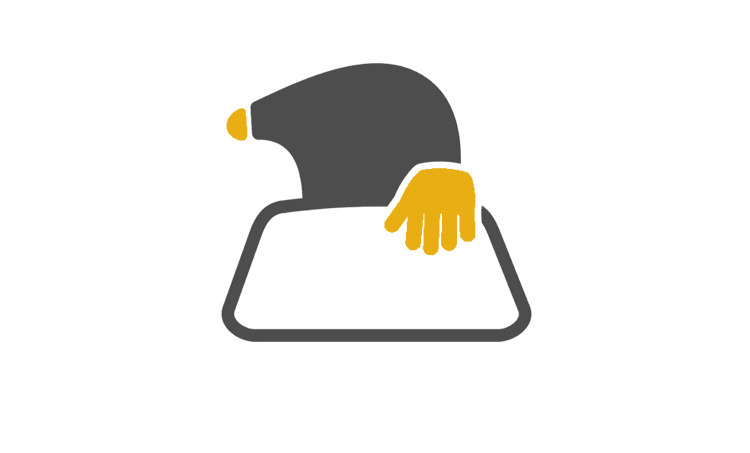Last Updated on: 12th February 2025, 11:06 am
With many central banks around the world maintaining low-interest-rate policies, investors are facing a dilemma: how to generate sufficient returns on their portfolios when traditional investment vehicles like savings accounts, treasury bonds, and blue-chip stocks are offering historically low yields. This low-interest-rate environment is forcing many investors to seek higher returns from riskier assets, one of which is high-yield bonds.
High-yield bonds, also known as junk bonds, have become an attractive option for those looking for better returns, despite the inherent risks they carry.
What Are High-Yield Bonds?
High-yield bonds are debt instruments issued by companies with credit ratings below those of investment-grade bonds. These ratings are given by agencies such as Moody’s or Standard & Poor’s and typically range from BBB (investment grade) down to C or D (junk bonds). Because these companies are considered higher risk, they must offer higher yields to attract investors.
Risk-Return Trade-Off
The primary distinction between high-yield bonds and safer investment-grade bonds lies in the risk-return trade-off. High-yield bonds come with a higher risk of default, meaning the issuing company may fail to pay back the bond’s principal or interest. To compensate for this additional risk, these bonds offer significantly higher interest rates, or yields, to investors.
Investors who choose high-yield bonds are accepting the possibility of default in exchange for the chance to earn better returns. Historically, high-yield bonds have provided annual returns that far exceed those of more conservative investments, making them an appealing option for investors willing to take on more risk.
Market Dynamics
High-yield bonds are typically issued by smaller, newer, or more volatile companies that need to borrow money but do not have the strong financial standing to qualify for investment-grade ratings. These companies might be in emerging industries, or they may be recovering from financial difficulties. Sectors such as technology, healthcare, and energy often issue high-yield bonds, though any industry with high potential but higher volatility can be involved.
Why High-Yield Bonds Shine in Low-Interest-Rate Environments
In a low-interest-rate environment, the appeal of high-yield bonds grows for several reasons.
Enhanced Yield Potential
With traditional investments offering low returns, high-yield bonds can provide a significant boost to income. While government bonds or blue-chip corporate bonds may yield less than 2%, high-yield bonds often yield between 4% and 8%, depending on the credit rating of the issuer and the market conditions.
This substantial difference in yields means that investors who are in search of income can find much more attractive returns in high-yield bonds. Additionally, with interest rates remaining low for an extended period, this yield advantage becomes even more pronounced.
Investor Demand for Higher Returns
As traditional investment vehicles continue to underperform in terms of returns, investors are turning toward higher-risk, higher-return assets. High-yield bonds, which were once seen as speculative, have gained popularity as investors search for ways to generate income. Whether through individual bonds or mutual funds and ETFs, more investors are allocating funds to this asset class.
Moreover, institutional investors such as pension funds, insurance companies, and mutual funds are increasingly willing to allocate portions of their portfolios to high-yield bonds, as they seek to meet long-term return objectives. The demand for these bonds has driven prices up and, in some cases, even improved the liquidity of high-yield bond markets.
Stable or Growing Corporate Earnings
While high-yield bonds are often issued by companies with weaker credit ratings, low-interest rates can actually benefit these issuers. With borrowing costs lower, companies are better able to service their debt and fund expansion, which can improve their overall financial health. This, in turn, can reduce the risk of default and make high-yield bonds more attractive to investors.
As companies are able to reinvest in their businesses or refinance their debt at lower rates, their financial standing improves, making it more likely that they will meet their bond obligations.
Strategic Approaches to Investing in High-Yield Bonds
To successfully invest in high-yield bonds, it’s important to employ a strategic approach.
Bond Selection
Choosing individual high-yield bonds requires a careful evaluation of the issuer’s financial stability, the industry they operate, and the overall economic climate. Analyzing the credit rating of the issuer and assessing its debt-to-equity ratio, cash flow, and profit margins can help investors select bonds that are less likely to default.
Diversification Strategies
Given the risk of default and volatility, diversifying across different issuers, sectors, and geographic regions is critical. A diversified portfolio of high-yield bonds can help mitigate the risks associated with any single issuer or sector. It’s also wise to combine high-yield bonds with other asset classes, such as equities or investment-grade bonds, to reduce overall portfolio risk.
Bond Funds or ETFs
Investors who prefer to avoid selecting individual bonds may find high-yield bond funds or exchange-traded funds (ETFs) to be a suitable alternative. These funds pool investor capital and invest in a diversified portfolio of high-yield bonds, offering professional management and liquidity. They also help reduce the impact of defaults by spreading risk across multiple issuers.
Conclusion
High-yield bonds can provide an attractive solution for investors seeking higher returns in a low-interest-rate environment. While they carry inherent risks, their higher yields, potential for price appreciation, and ability to capitalize on favorable corporate conditions make them an appealing option. By carefully selecting bonds, diversifying portfolios, and understanding the risks, investors can effectively navigate the high-yield bond market and benefit from its potential returns.
If you want to learn more about bond strategies or get in-depth insights into how to integrate them into your portfolio, be sure to visit this page for further resources and expert advice.








